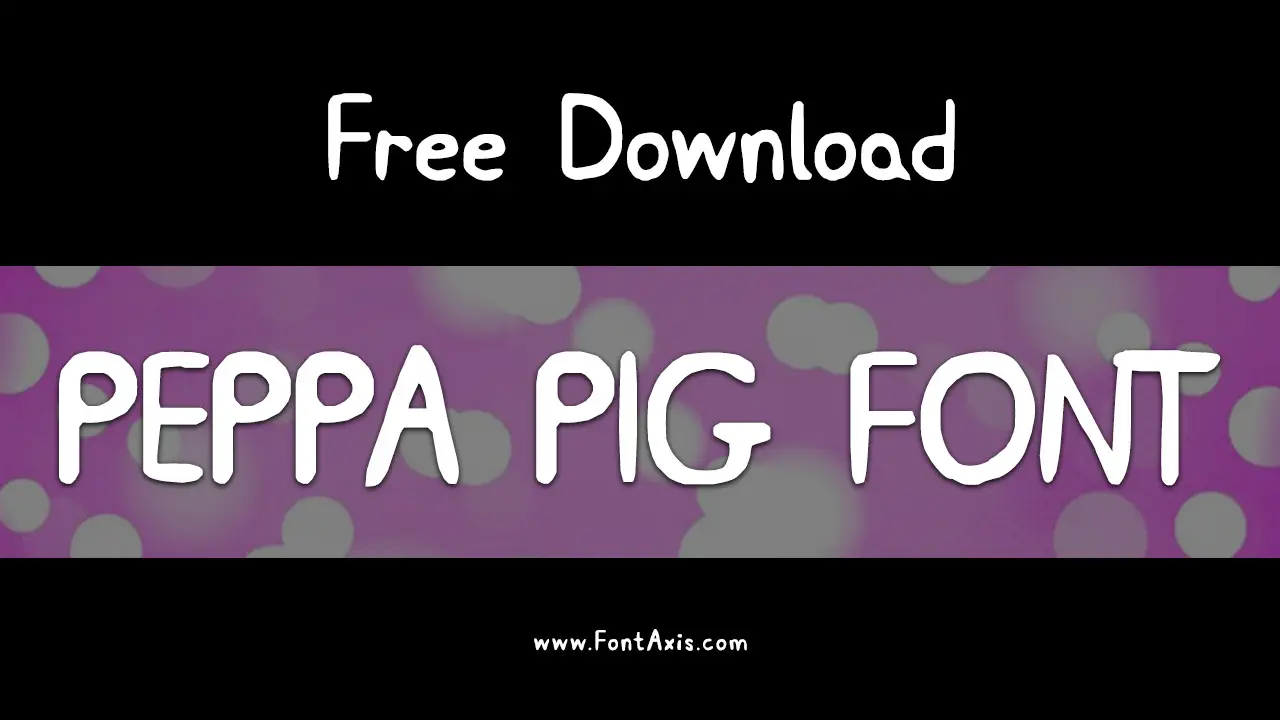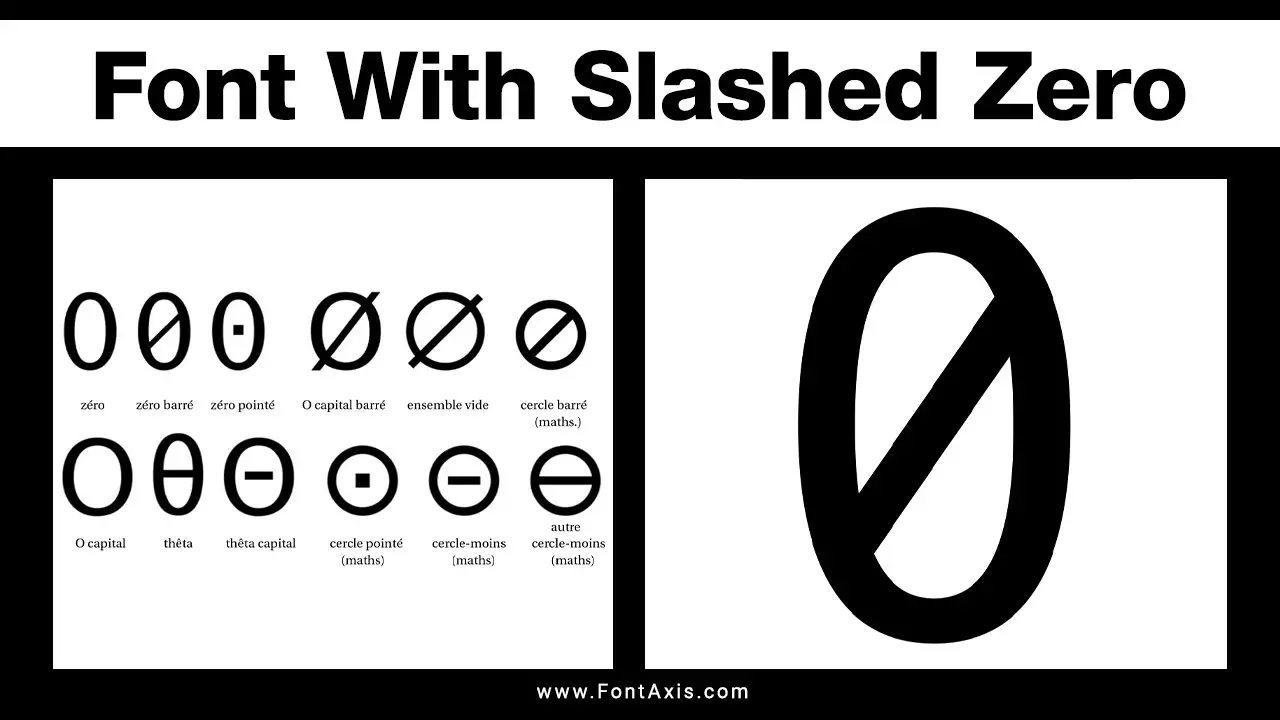Cinzel Font is an elegant, all-caps serif typeface inspired by classical Roman inscriptions, perfect for educational materials needing a touch of gravitas and readability. It excels in headings, titles, and short impactful text for learning resources.
Choosing the right font can feel like a puzzle piece that just won’t fit, especially when creating materials for learning. You want something that looks smart, is easy to read for young minds, and commands attention without being overwhelming. It’s a common challenge many educators and designers face. What if there was a font that felt both timeless and modern, professional yet approachable? Well, you’re in the right place! We’re going to dive into the wonderful world of the Cinzel font, a true gem for any educational project, and show you exactly how to make it work beautifully. Get ready to discover how this beautiful typeface can elevate your learning materials.
Why Cinzel Font is a Stellar Choice for Education
When it comes to educational materials, the goal is clear: communicate information effectively and engagingly. This means selecting fonts that are not only aesthetically pleasing but also highly readable and convey a sense of authority and clarity. The Cinzel font ticks all these boxes and more.
Imagine presenting history lessons, scientific concepts, or literary analysis. You need a typeface that feels grounded in knowledge, a bit academic, and utterly clear. Cinzel, with its roots in ancient Roman stonework, brings a distinguished and dignified air. It’s a font that respects the weight of information it carries, making it ideal for formal learning environments. Yet, it’s designed with modern sensibilities, ensuring it doesn’t appear stuffy or old-fashioned.
Let’s break down why Cinzel stands out:
- Classical Elegance: Inspired by inscriptions from the Roman era, Cinzel evokes a sense of history, tradition, and enduring knowledge. This can lend a gravitas to your educational content that other, more casual fonts might lack.
- Exceptional Readability for Titles & Headlines: While primarily an all-caps font, its letterforms are carefully crafted for clarity. This makes it fantastic for grabbing attention in titles, chapter headings, and key takeaways without sacrificing legibility.
- Versatility in Educational Contexts: From university course materials, historical timelines, and scientific journals to engaging primary school posters, Cinzel can adapt. It adds a touch of sophistication while remaining accessible.
- A Touch of Authority: The strong, clear strokes and classic serifs of Cinzel convey a sense of reliability and expertise, which is invaluable when presenting educational information.
- Creative Pairing Potential: While it shines on its own for headlines, Cinzel pairs wonderfully with more readable body text fonts, allowing for dynamic and visually appealing designs.
Understanding the Cinzel Font Family
The Cinzel font isn’t just one single style; it’s a family designed to offer flexibility while maintaining its core classical essence. Knowing these variations helps you choose the perfect character for your specific need within an educational context.
The most prominent members of the Cinzel family you’ll typically encounter are:
- Cinzel: This is the primary, more traditional cut. It features elegant serifs and a distinct Roman-inspired structure. It’s the workhorse for headlines and display text where you want that classic, authoritative feel.
- Cinzel Decorative: This variant takes the elegance a step further. It includes more ornate flourishes, swashes, and decorative elements. While not suitable for direct reading in large blocks of text, it’s perfect for special titles, awards, or decorative accents that need an extra flair of distinction. Think of it for special achievement certificates or prominent event banners in a school.
- Cinzel Light: This is a subtler, lighter weight of the Cinzel font. It can be useful for subheadings or secondary titles where you want a softer presence than the regular Cinzel, but still want to maintain the classical aesthetic.
It’s important to note that Cinzel and Cinzel Decorative are primarily designed for display purposes – meaning headlines, titles, and short bursts of text. They are generally capitalized only. For longer passages of text, you’ll want to pair them with a more legible body font. This design choice is intentional, drawing inspiration from ancient inscriptions which typically used all caps.
Where to Find and Use Cinzel Font
Accessing and implementing the Cinzel font for your educational projects is straightforward. Because it’s such a popular and well-regarded typeface, it’s readily available through major font platforms.
Accessing Cinzel Font
The most common and recommended place to find Cinzel and its variants is Google Fonts. This platform offers free, open-source fonts that are web-safe and easy to download and use across various projects.
- Google Fonts: Visit Google Fonts and search for “Cinzel.” You can preview the font, explore its different weights and styles, and download it directly for use in your design software or web projects. It’s a fantastic resource for educators and designers alike.
Once downloaded, you can install Cinzel on your computer. Most operating systems (Windows, macOS) make this a simple drag-and-drop process or a double-click to initiate installation. For web use, Google Fonts provides easy embedding code.
Essential Use Cases in Education
Cinzel font truly shines when used for specific elements within educational content. Its strength lies in its ability to create impact and convey importance.
Consider these applications:
- Book Titles and Covers: For textbooks, workbooks, or reading materials, Cinzel instantly adds a professional and academic feel.
- Chapter Headings: Breaking down content with clear, visually appealing headings is crucial for learning. Cinzel’s distinct style commands attention and signals the start of a new section.
- Presentation Slides: Use Cinzel for titles and key points on slides to ensure they stand out and convey authority.
- Certificates and Awards: Especially Cinzel Decorative, can add a distinguished touch to academic awards, diplomas, or certificates of achievement.
- Infographics and Charts: For titles and labels within data visualization, Cinzel can add a sophisticated edge.
- Signage and Posters: School event posters, bulletin board titles, or directional signage can benefit from Cinzel’s clear and authoritative presence.
- Websites and Digital Learning Platforms: Use Cinzel for headings, navigation elements, or prominent calls to action on educational websites.
Best Practices for Using Cinzel in Educational Designs
Using an impactful font like Cinzel requires a thoughtful approach to ensure it enhances, rather than hinders, the learning experience. Here are some best practices tailored for educational content:
1. Prioritize Readability with Body Text
As mentioned, Cinzel is primarily an all-caps display font. While beautiful, reading long blocks of text in all caps can be tiring and significantly reduce readability, especially for younger learners or those with reading difficulties. The best practice is to pair Cinzel with a highly legible sans-serif or serif font for your main body content.
Look for companions that are:
- Simple and Clean: Fonts like Open Sans, Lato, Roboto (sans-serif) or Merriweather, Source Serif Pro (serif) are excellent choices.
- Well-Kerned: Ensure the spacing between letters is comfortable for reading.
- Available in Multiple Weights: This allows for typographic hierarchy within your body text (e.g., bold for emphasis).
Think of Cinzel as your spotlight and its partner font as the steady, reliable guide for the detailed information.
2. Leverage Cinzel for Impact
Use Cinzel where you want to make a statement. This includes:
- Headlines and Titles: Make them stand out and clearly signal the topic or section.
- Key Quotes or Epigraphs: A powerful quote presented in Cinzel can add significant weight.
- Call-to-Action Buttons (use sparingly): For important prompts on a learning platform.
- Logos or Branding Elements: If it fits the educational institution’s or program’s style.
Its strong Romanesque character imbues these elements with a sense of importance and heritage.
3. Master the All-Caps Nature
Since Cinzel is designed for uppercase letters, embrace it! It’s built for this purpose. Avoid trying to force lowercase letters where they aren’t naturally present or intended. When using Cinzel, you are leaning into its intended stylistic strength.
When pairing, remember that your body text font will likely use both upper and lowercase, creating a natural visual contrast and enhancing readability.
4. Consider the All-Caps Effect on Different Age Groups
For younger children learning to read, a consistent all-caps presentation can be more challenging than a mix of upper and lowercase. Therefore, if your primary audience is very young learners, you might reserve Cinzel for titles only and use a very clear, friendly sans-serif font with proper casing for all other text.
For older students, academic audiences, or professional learning environments, the all-caps nature of Cinzel for titles is generally well-received and understood as a stylistic choice for emphasis.
5. Utilize Cinzel Decorative with Care
Cinzel Decorative is for moments that need extra flourish – think awards, special announcements, or decorative borders within a design. It’s highly stylized and should not be used for general headings or any text that needs to be read quickly or at length. It’s an accent, not a foundation.
6. Test for Accessibility
Always check the contrast ratios between your text color and background color, especially when using Cinzel for important headings. Tools like the Web Content Accessibility Guidelines (WCAG) contrast checker can help ensure your text is legible for everyone, including those with visual impairments. The Web Content Accessibility Guidelines (WCAG) provide a comprehensive overview of accessibility standards.
Font Pairing Examples for Educational Content
The magic of a great font often shines brightest when it’s paired with another. The right combination can create a beautiful visual hierarchy, guide the reader’s eye, and enhance the overall message. Cinzel, with its strong character, pairs remarkably well with several complementary fonts, making it easy to build visually appealing educational materials. Here are a few effective pairings:
| Primary Font (Headlines/Titles) | Secondary Font (Body Text) | Recommended Use Cases | Why They Work Together |
|---|---|---|---|
| Cinzel | Open Sans | Textbooks, course syllabi, academic articles, presentations. | Cinzel’s classic serifs provide elegance and authority for titles, while Open Sans’ clean, neutral sans-serif form is highly readable for extended text, offering a modern contrast. |
| Cinzel | Lato | Educational websites, infographics, student guides, workshop materials. | Similar to Open Sans, Lato’s friendly yet structured sans-serif nature complements Cinzel’s formality. It’s warm enough for engaging content but still professional. |
| Cinzel | Merriweather | Literary studies, humanities, historical documents, journals. | This pairing leans into a more traditional feel. Cinzel for titles and Merriweather, a serif font with a good reading rhythm, for body text. It creates a sophisticated, academic atmosphere. |
| Cinzel Decorative (for very short, impactful titles) | Roboto | Certificates, awards, special announcement banners, diplomas. | Cinzel Decorative adds a touch of grandeur for the main title, while Roboto, a versatile and highly legible sans-serif, provides clear, unobtrusive text for details and descriptions. |
| Cinzel Light (for subheadings) | Source Sans Pro | Brochures, study guides, longer articles with clear section breaks. | Cinzel Light offers a slightly softer headline feel than regular Cinzel, and Source Sans Pro is a robust, highly readable sans-serif that works well for presenting detailed information in an organized manner. |
When making your choice, always consider the specific context of your educational material and the age and needs of your audience. The goal is to create a harmonious typographic system that supports learning and engagement.
Cinzel Font in Web Design for Education
The online learning landscape is vast, and the choice of typography plays a crucial role in user experience and accessibility. Cinzel font, while having its roots in print, can be a powerful asset in web design for educational purposes, provided it’s used strategically.
Enhancing User Experience
On educational websites, the primary aim is to deliver information clearly and engagingly. Cinzel can contribute significantly to this goal:
- Building Trust and Authority: A clean, classic font like Cinzel for headings can lend an air of credibility and professionalism to your website, reassuring students and parents about the quality of the information or courses offered.
- Improving Navigation: Using Cinzel for main navigation links or important section titles can make it easier for users to orient themselves on the site. Its distinct character helps these elements stand out from secondary content.
- Creating Visual Hierarchy: On an educational hub, a well-structured layout is key. Implementing Cinzel for primary headings and a complementary font for body text creates a clear visual path for the user, guiding them through content logically.
- Brand Identity: For educational institutions, online academies, or learning platforms, a distinctive font like Cinzel can become part of its visual identity, making it memorable and recognizable.
Technical Considerations for Web Use
Using web fonts is different from desktop fonts. Fortunately, the accessibility of Cinzel through platforms like Google Fonts simplifies this process.
- Google Fonts Integration: As mentioned earlier, Cinzel is available on Google Fonts. This means you can easily embed it into your website using provided code snippets. This ensures the font loads quickly and displays correctly across different browsers and devices. For an example of how to implement this, you can refer to Google’s Getting Started Guide.
- Performance Optimization: While Cinzel is generally well-optimized, be mindful of how many font weights you load. For most educational sites, loading regular and perhaps a bold weight of Cinzel, along with your chosen body font, is sufficient and keeps page load times fast.
- Responsive Design: Ensure Cinzel displays well on various screen sizes. Its letterforms are generally robust, but always test how headings and titles render on mobile, tablet, and desktop views. Font sizes might need to be adjusted responsively.
- Accessibility Standards: Always ensure sufficient contrast between Cinzel text and its background, adhering to Web Content Accessibility Guidelines (WCAG). Tools like the WebAIM Contrast Checker can be invaluable here.
By thoughtfully integrating Cinzel into your web design strategy, you can create educational online spaces that are not only visually appealing but also highly effective and accessible.
| Attribute | Description | Relevance to Education Websites |
|---|---|---|
| Style | Serif, All-Caps Display Font | Evokes tradition, authority, and intellectualism. Ideal for titles and headings that need gravitas. |
| Readability (Headings) | High clarity for short, impactful text. | Ensures key information, section titles, and calls to action on a webpage are immediately understood. |
| Legibility (Body Text) | Limited for extended reading. | Reinforces the need to pair with a dedicated body font for articles, course descriptions, and other longer content. |
| Availability | Free on Google Fonts. | Easy and cost-effective to implement on any website without licensing fees. |
| Versatility | Adaptable for various educational platforms, from K-12 to university and professional development. | Can convey seriousness for higher education and a touch of classic style for younger audiences’ programs. |
Beyond the Basics: Creative Applications of Cinzel
While Cinzel is fantastic for its intended uses, don’t be afraid to explore its potential beyond just straightforward headings. Its distinctive character can be leveraged for unique touches in educational design.
1. The “Enlightenment” Element
Cinzel’s Roman inspiration can subtly evoke historical periods, philosophical movements, or centers of learning. For history courses, literature classes, or even debates, using Cinzel for key figures’ names, significant dates, or prominent movements can add thematic depth.
<p








